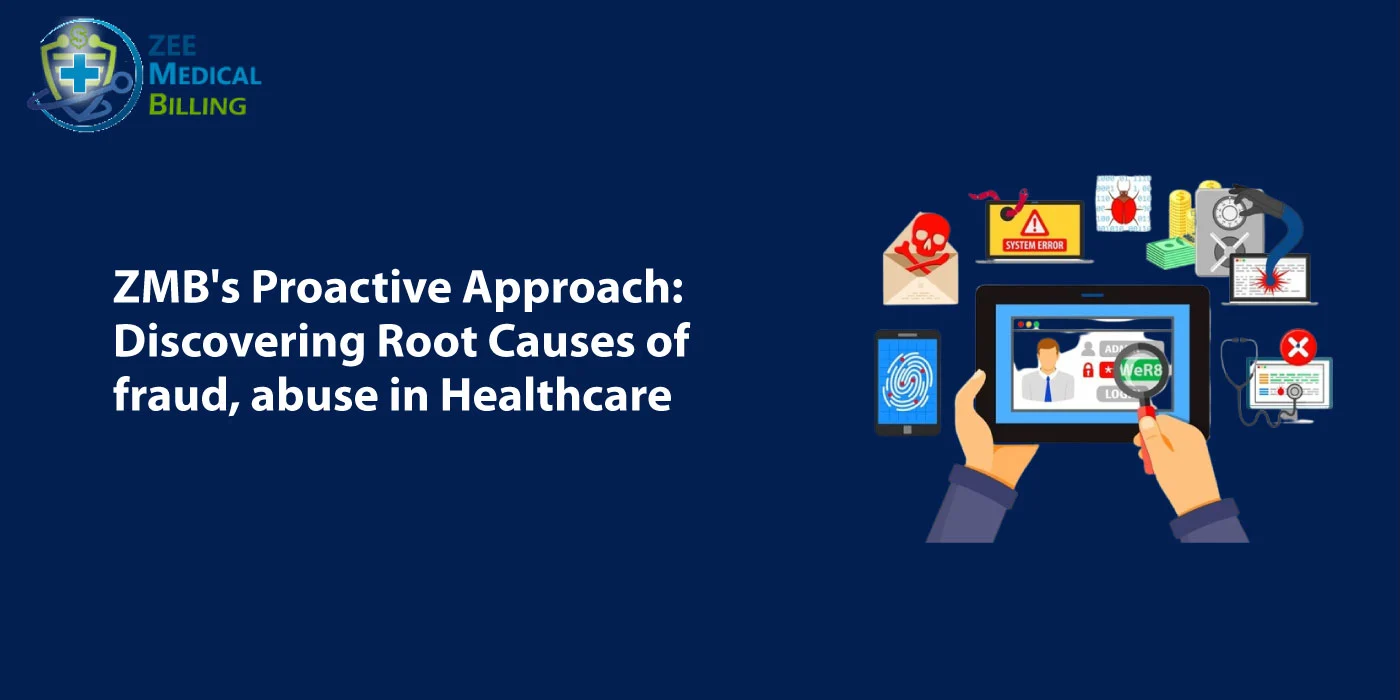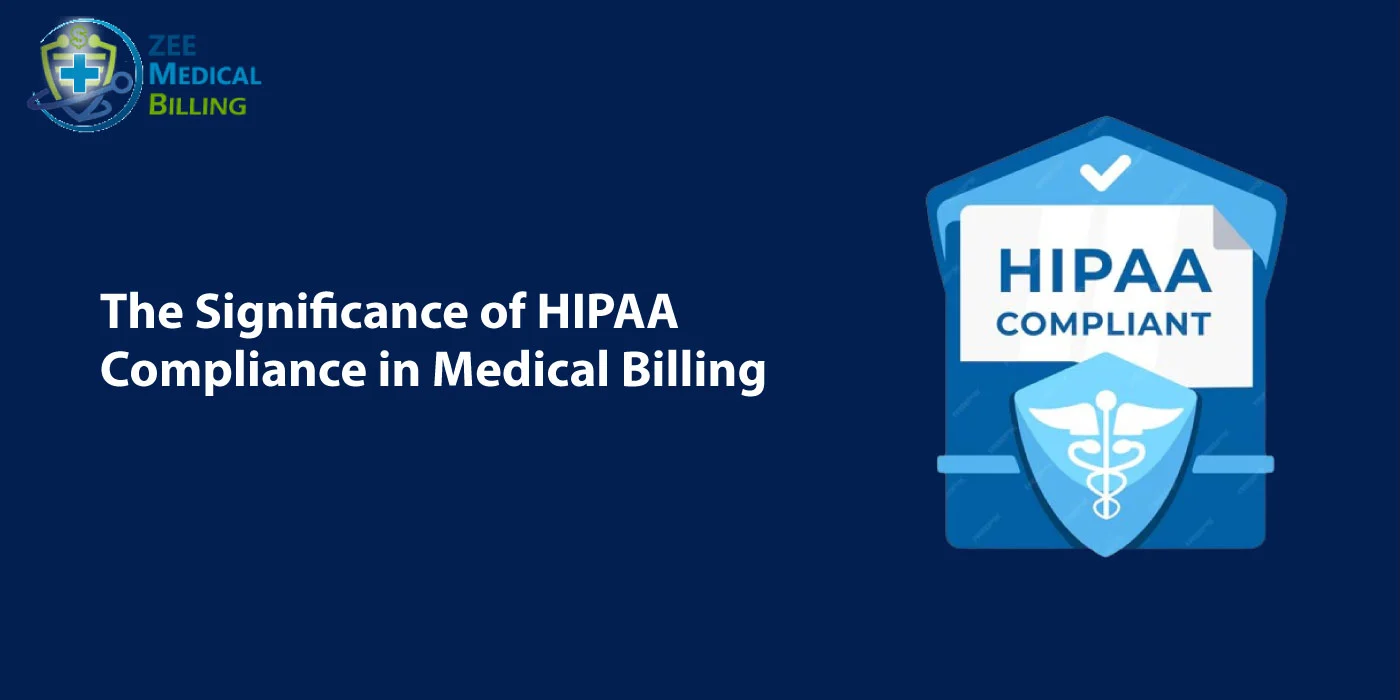Urinary incontinence is a prevalent condition that affects millions of people worldwide. It is characterized by the involuntary loss of urine, leading to embarrassment and a significant impact on the quality of life. As healthcare professionals, it is essential to accurately document and code urinary incontinence to ensure proper diagnosis and appropriate reimbursement. In this article, we will delve into the International Classification of Diseases, Tenth Revision (ICD-10) codes related to urinary incontinence and provide a comprehensive guide for clinicians.
What is Urinary Incontinence?
Urinary incontinence is a widespread condition that varies in severity and impacts individuals differently. Clinicians play a vital role in diagnosing and managing this condition effectively. ICD-10 codes serve as a standardized system for classifying and documenting various medical conditions, including urinary incontinence.
Importance of ICD-10 Codes in Diagnosing Urinary Incontinence
ICD-10 codes are alphanumeric designations used to classify medical conditions accurately. They are essential for healthcare providers and medical billing personnel as they facilitate streamlined documentation and communication. For urinary incontinence, using appropriate ICD-10 codes is crucial for proper diagnosis, billing, and tracking the prevalence of the condition in different populations.
Types of Urinary Incontinence
Stress Incontinence:
This type of incontinence occurs when the pelvic floor muscles are weakened, often due to factors such as pregnancy, childbirth, or aging. Activities that exert pressure on the bladder, like lifting heavy objects, can trigger stress incontinence.
Urge Incontinence:
Also known as “overactive bladder,” urge incontinence results from an uncontrollable urge to urinate, leading to involuntary leaks. It may be caused by conditions affecting the nerves or underlying medical issues.
Overflow Incontinence:
Occurring when the bladder doesn’t empty fully, overflow incontinence leads to frequent dribbling of urine. This can be caused by obstructions in the urinary tract or weak bladder muscles.
Functional Incontinence:
This type of incontinence is related to physical or cognitive impairments that hinder a person’s ability to reach the bathroom in time.
ICD-10 Codes for Urinary Incontinence
When coding for urinary incontinence, it is crucial to select the appropriate code that reflects the specific type of incontinence experienced by the patient. Let’s explore some of the most relevant ICD-10 codes related to urinary incontinence:
N39.3 – Stress Incontinence (Female/Male)
Stress incontinence refers to the involuntary leakage of urine during activities that put pressure on the bladder, such as coughing, sneezing, or physical exertion.
N39.4 – Other Specified Urinary Incontinence (Female/Male)
When a certain type of urine incontinence is known and documented but does not fit into another specified category, this code is utilized.
N39.46 – Mixed Incontinence
Mixed incontinence occurs when an individual experiences a combination of stress and urge incontinence simultaneously.
N39.498 – Other Specified Urinary Incontinence (Female/Male) with Functional Urinary Incontinence
Functional urinary incontinence is characterized by the inability to reach the toilet due to physical or cognitive impairments, resulting in involuntary urine leakage.
N39.9 – Urinary Incontinence, Unspecified (Female/Male)
This number is applied when the precise form of urine incontinence is unknown or neither documented nor recorded.
N39.41 – Overflow Incontinence (Female/Male)
Overflow incontinence happens when the bladder does not empty, leading to leakage due to excessive urine in the bladder.
N39.42 – Continuous Incontinence (Female/Male)
Continuous incontinence refers to a constant and uncontrolled leakage of urine. Accurate coding is essential for appropriate patient care and reimbursement. Clinicians should document the specific details of the patient’s condition, including the type of urinary incontinence experienced, contributing factors, and any associated complications.
Diagnosis and Evaluation
To determine the appropriate ICD-10 code for urinary incontinence, clinicians must perform a thorough evaluation of the patient, including:
Patient History and Physical Examination:
Gathering information about the patient’s medical history, symptoms, and any underlying health conditions that may contribute to incontinence. A physical examination may also reveal valuable insights.
Urinalysis and Other Diagnostic Tests:
Conducting a urinalysis to identify any signs of infection or abnormalities. Additional tests, such as urodynamic studies, may be necessary for a more comprehensive evaluation.
Specialized Evaluations:
Clinicians occasionally refer patients to experts for additional evaluation and care, such as urologists or urogynecologists.
Treatment Options
Treatment for urinary incontinence varies based on the type and severity of the condition. Some common treatment options include:
Behavioural Therapies:
These include bladder training, scheduled voiding, and pelvic floor exercises to strengthen muscles that control urination.
Medications:
Alpha-blockers and anticholinergic drugs, for example, can assist treat urine incontinence.
Medical Devices:
In some cases, medical devices like urethral inserts or pessaries may be used to provide support to the bladder.
Surgical Interventions:
Surgical procedures may be considered for severe cases of incontinence that do not respond to other treatments.
Coding Challenges and Tips
Clinicians need to be aware of potential difficulties when coding for urine incontinence because it can be complicated. Here are some ideas to think about:
Specificity and Documentation:
Accurate documentation of the type of incontinence is crucial for selecting the appropriate code.
Code Selection for Mixed Incontinence:
Clinicians should identify and document the presence of both stress and urge incontinence to use the N39.46 code.
Changes from ICD-9 to ICD-10:
Understand the differences between ICD-9 and ICD-10 codes to ensure a smooth transition.
Common Coding Mistakes to Avoid:
Be aware of common errors, such as using unspecified codes when specific codes are available.
Reimbursement and Compliance
Accurate coding is essential for proper reimbursement from insurance providers and government programs like Medicare and Medicaid. Clinicians should follow coding guidelines to avoid claim denials and compliance issues.
Patient Education and Empowerment
In addition to providing effective care, patient education and empowerment are essential components of managing urinary incontinence. Clinicians should:
Communication and Counseling Strategies:
Effectively communicate with patients about their condition, treatment options, and lifestyle modifications.
Lifestyle Modifications for Managing Incontinence:
Educate patients about dietary changes, fluid management, and pelvic floor exercises.
Support Groups and Resources:
To help patients cope with their condition, connect them with support groups and online resources.
Final Thoughts:
Understanding ICD-10 codes for urinary incontinence is crucial for clinicians to accurately document and code this prevalent condition. Proper coding ensures appropriate patient care and reimbursement while adhering to compliance guidelines. By following this comprehensive guide, clinicians can effectively manage urinary incontinence and improve their patient’s quality of life.
Why choose Zee Medical Billing?
Are you tired of grappling with medical billing complexities? Look no further! ZEE Medical Billing is your ultimate solution for hassle-free billing management. With our cutting-edge technology and expert team, we ensure streamlined processes and faster reimbursements. Focus on patient care, while we handle the paperwork. Say goodbye to billing headaches and experience a new era of efficiency with ZEE Medical Billing. Elevate your practice today!
Learn more about our Specialities
Frequently Asked Questions
Stress incontinence is the most prevalent type, characterized by urine leakage during physical activities that put pressure on the bladder.
Yes, many cases of urinary incontinence can be managed with behavioral therapies, medications, and medical devices without the need for surgery.
Yes, risk factors include age, gender, obesity, childbirth, and certain medical conditions like diabetes and neurological disorders.
While urinary incontinence is more common in older adults, it is not considered a normal part of aging and should be addressed by healthcare professionals.
Yes, urinary incontinence can affect both men and women, although the causes and treatments may vary.





